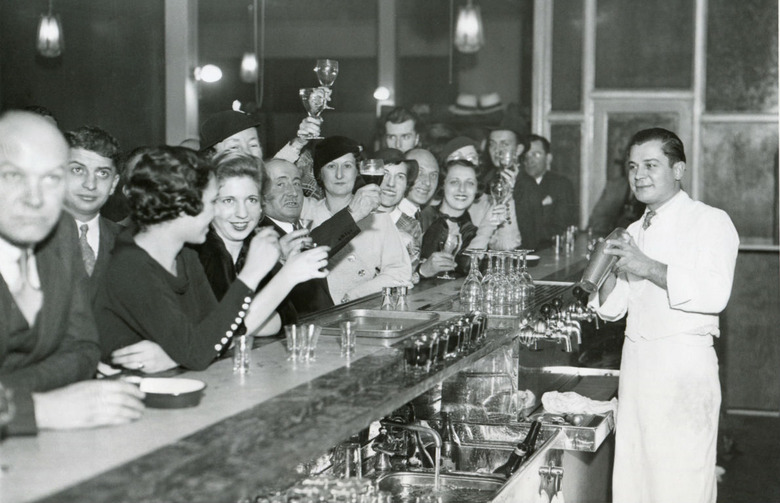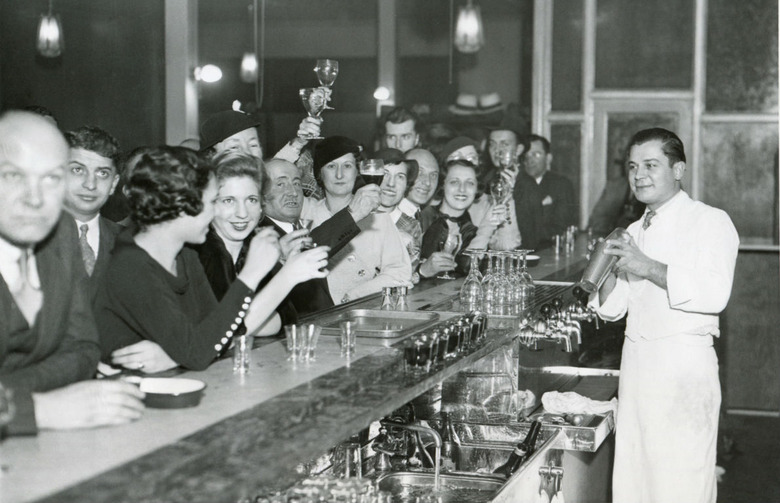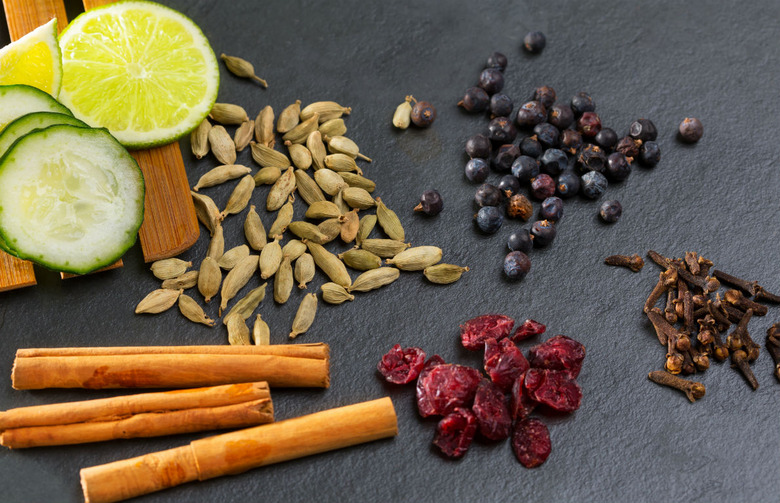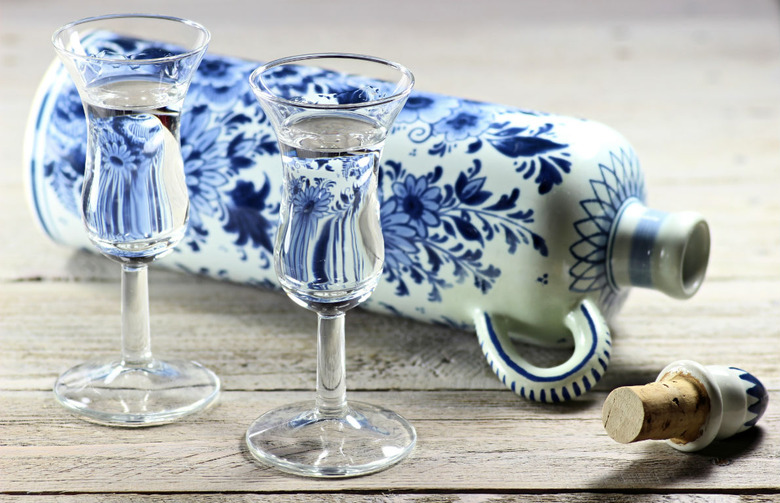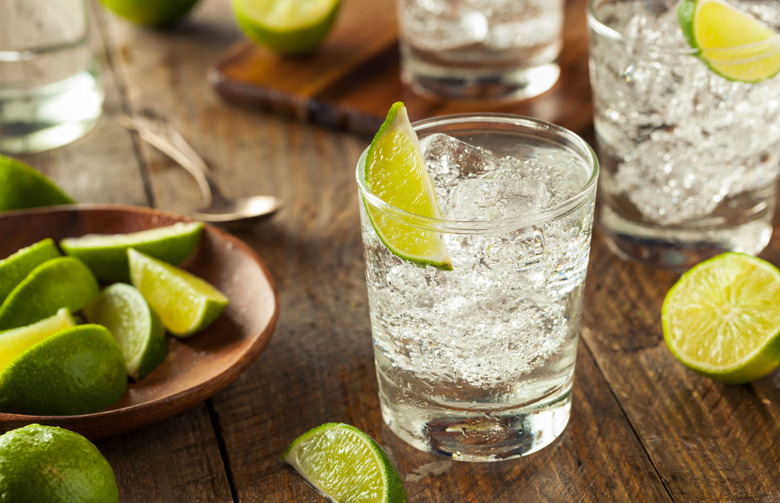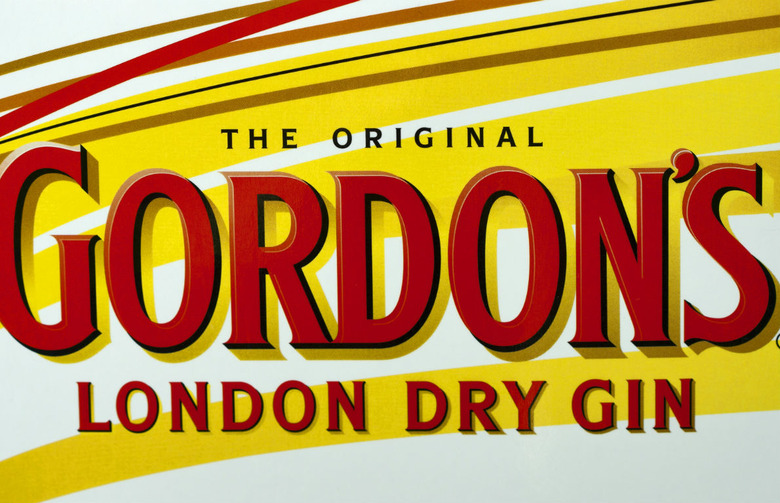10 Things You Didn't Know About Gin Slideshow
Bathtub-gin
The so-called "bathtub gin" — homemade spirits fashioned under amateur conditions (sometimes literally in bathtubs) — that was made in the United States during Prohibition had dangerous, even lethal, effects. - physical effects, as it often contained toxic methanol. As a result of drinking low-grade, bootleg hooch, people were blinded and sometimes killed.
Dutch Courage
The term 'Dutch courage" was coined by the British during the Thirty Years' War. British soldiers saw the Dutch forces they were facing on the battlefield drinking jenever to boost morale before heading into battle. The results must have been impressive, because the Brits decided to adapt the spirit as their own.
Every Gin is Diverse
Natural botanicals sets gin apart from its counterpart, vodka. Some gins have as few as three or four botanical flavors while the Scottish gin Botanist has 22! While juniper is a constant, the other flavoring agents in gin range from cucumber and rose (Hendricks) to lavender (Aviation) to lemongrass and black pepper (Bombay Sapphire East). No two gins are alike, making the spirit very eclectic.
Gin Hails from Holland
Gin was invented, as jenever (the Dutch word for juniper), in Holland in the seventeenth century, though it became identified most of all with the English after they adopted it. It would take another 150 years for the British to develop their own style, London Gin.
Gin and Tonic
You can't go wrong with a perfect gin and tonic. Apparently, doctors in the 1700s felt the same way, as this tipple was invented and prescribed to patients as a cure for malaria. Quinine, the ingredient that contributes toward tonic water's distinctive taste, was used to treat the disease. On its own, it was awful, so sugar, gin, and soda water came into the mix, thus creating the non-alcoholic portion of the beloved Gin and Tonic.
Gin’s Curse
In the mid 1700s in England, with inferior gin available at low prices, a public outcry arose. Everyone had easy access to the intoxicant, whose inebriating effects promoted social breakdown, with an increase in disease and crime, including prostitution and murder. Gin was the crystal meth of its day. A vivid representation of the problem is the 1751 print called "Gin Lane," by English artist William Hogarth, depicting the squalor in a neighborhood populated by London's poor, their lives ruined by addiction to gin. The Gin Act of 1751, whose passage was spurred at least partially by Hogarth's illustration, along with early regulations, severely restricted the sale of the liquor, and the craze for gin abated somewhat.
International Consumption
The United Kingdom, adoptive motherland of gin, is the largest gin exporter in the world, meeting demand in 139 countries. The Philippines is the world's largest gin market, followed by the United States and then Canada and Spain.
Juniper Berries
The strong pine taste in gin is due to so-called juniper berries. These aren't actual berries, but are female cone seeds, with merged fleshy scales that give the appearance of a berry. Other common ingredientsinclude coriander, citrus peel, and cardamom pods, among other aromatics.
Medicinal Uses
In the 1600s, gin was believed to have healing powers. Dutch pharmacies sold the spirit as an herbal medicine to treat kidney and stomach ailments, gout, and gallstones, among other physical illnesses.
